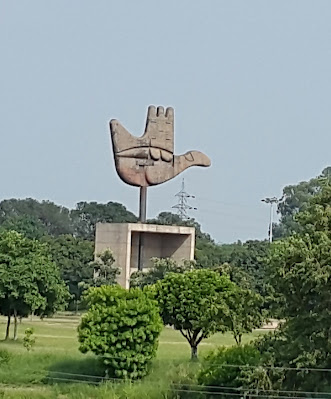5 Best Places in Punjab

1.Chandigarh The capital of Punjab, Chandigarh is counted among the metro cities of India and one of the top places to visit in Punjab.This welcoming city will greet you with the flavors of everything between modernity and antiquity. Chandigarh is also one of the cleanest cities in the country, where one can spend time shopping in a mall, in a cafe or walking in a lake or garden. If you’re wondering what to see in Punjab, this city has to be your answer. You should also not worry about how you will arrive, as the city is blessed with ease of connectivity via road, rail and even air route. If you are planning to explore famous tourist destinations in the tourist places: Rock Garden, Sukhna Lake, Zakir Hussain Rose Garden, International Doll Museum, Pinjore Garden Punjab then you must plan a trip to Chandigarh. 2.Ludhiana This is where you will be able to witness the true beauty of the state and its rich agricultural plot. This simple yet greatcity will give you an insight into the lifes...
